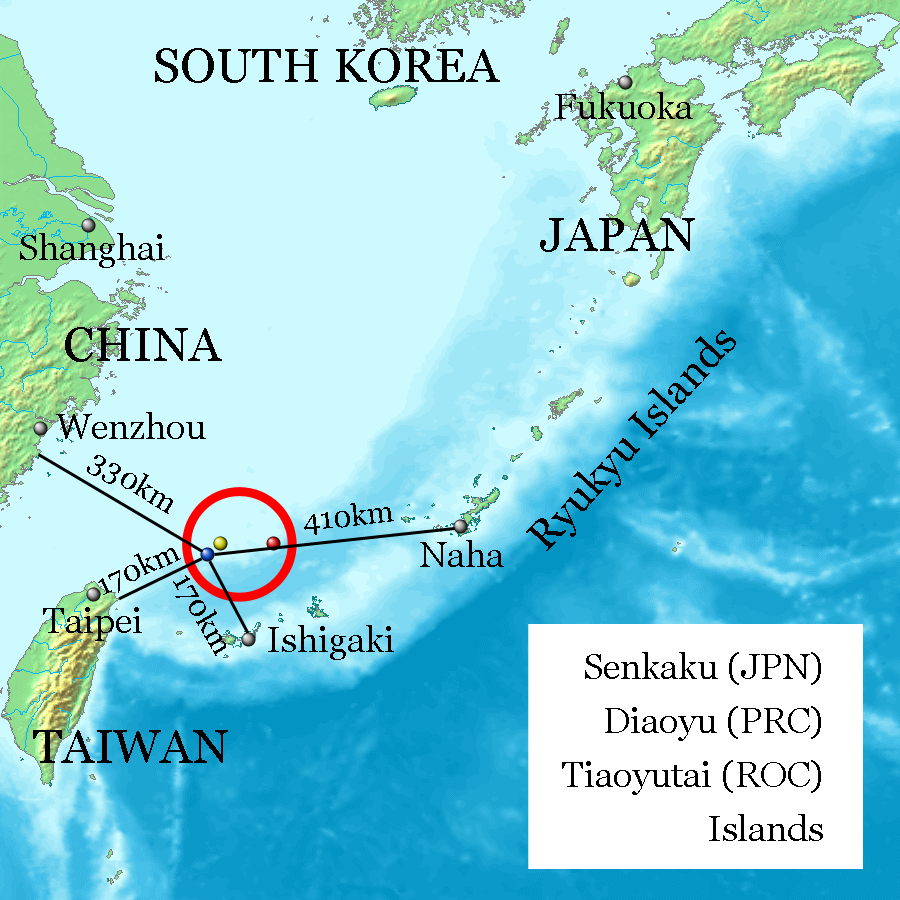IMO, i dont know if the chinese are presenting a good image in russia. I mean, h-6k is a version of tu-16, that no matter how modernized it is, is still a very outdated design, but of course the chinese have nothing better to send. Its alright to send y-9, because although its a version of ant-12, the russians havent made anything modern in this class. But they could have sent j-10B instead of J-10A, and Y-20 instead of il-76 (even if only one).
You are using an out of date browser. It may not display this or other websites correctly.
You should upgrade or use an alternative browser.
You should upgrade or use an alternative browser.
PLA Air Force news, pics and videos
- Thread starter Jeff Head
- Start date
Jura The idiot
General
antiterror13
Brigadier
according to
ТАСС
Подробнее на ТАСС:
last week China accepted "regiment-sized" delivery of
(I think in the Soviet model, an AA regiment would consist of four batteries, each with four launchers)
1 regiment of S-400 is about 2 x 8 launchers with 2x 112 missiles and 2x acquisition and engagement radar systems and a command post
This is good for Russia and China .. more fund for Russia and as a stopgap for China
Jura The idiot
General
Yesterday at 10:57 PM
Russia sells S-400 systems to China
thread;
personally I liked this one most:
#43 thunderchief, Apr 21, 2015
and now it was quite interesting to go over three-plus-years-old posts inaccording to
ТАСС
Подробнее на ТАСС:
last week China accepted "regiment-sized" delivery of
(I think in the Soviet model, an AA regiment would consist of four batteries, each with four launchers)
Russia sells S-400 systems to China
thread;
personally I liked this one most:
#43 thunderchief, Apr 21, 2015
I believe you are correct . Even more so, Senkaku / Diaoyu Islands are also inside the range of 40N6 missile . It could also be game changer because every Japanese plane overflying those islands could be in potential danger .


Chinese Analogue to Russian Kinzhal Cruise Missile Allegedly Spotted in Testing
© AP Photo / Shao Jing/Xinhua
18:06 02.08.2018(updated 18:08 02.08.2018)Get short URL
130
Federation of American Scientists' Nuclear Information Project director Hans Kristensen has pointed to the recent testing of what he believes may be a new Chinese nuclear-capable air-launched anti-ship missile.
A modified Xian H-6K strategic bomber, (a license-built version of the Soviet Tupolev Tu-16 bomber) may have conducted testing of a new hypersonic missile, Kristensen wrote in his Twitter account, citing the account of a reliable Chinese military aviation enthusiast and researcher.
The bomber, believed to belong to the People's Liberation Army Air Force's 10th Bomber Division flying out of Anqing, reportedly successfully test-fired the air-launched hypersonic missile, whose payload can presumably include both a conventional and nuclear charge.

© AP PHOTO / XINHUA
Earlier this year, US military intelligence that the PLAAF conducted at least five flight tests of the CH-AS-X-13, a two-stage solid-fuel ballistic missile with a 3,000 km range. The missile is believed to be a light-weight composite materials-based variant of China's DF-21 medium range ballistic missile. US experts believe the missile, which is capable of reaching US soil, will be ready for deployment by 2025.
But observers say the missile may also be a CJ-10K, a second-gen Chinese land-attack missile derived from the Kh-55, a Soviet-Russian cruise missile introduced in the 1980s and acquired by China from Ukraine in the 1990s. China began the deployment of the CJ-10K in the 2000s.
Last month, the Russian Defense Ministry that the Kinzhal, a new Russian air-launched maneuverable hypersonic cruise missile, had been tested aboard the Tupolev Tu-22M3 strategic bomber. The missile has already been deployed, and has seen extensive flight training aboard the MiG-31BM supersonic interceptor aircraft, which can carry a single Kinzhal. The Russian president revealed the missile's existence in a speech to lawmakers in March, citing it and other new missile technology as a means to guarantee Russian security following the US withdrawal from the ABM Treaty and NATO's expansion along Russia's borders.
Of old 3rd Division: 7th brigade receives J-16's; 8th brigade gets J-10C's; 9th brigade upgrades to J-20's.
7旅改16, 61X8X, 驻 江苏如皋市;8旅改10c,61X9X, 驻浙江湖州市长兴县;9旅改20 , 62X0X,驻安徽芜湖市。
And the source is ?
And the source is ?
I already said that 9th brigade received J20.

